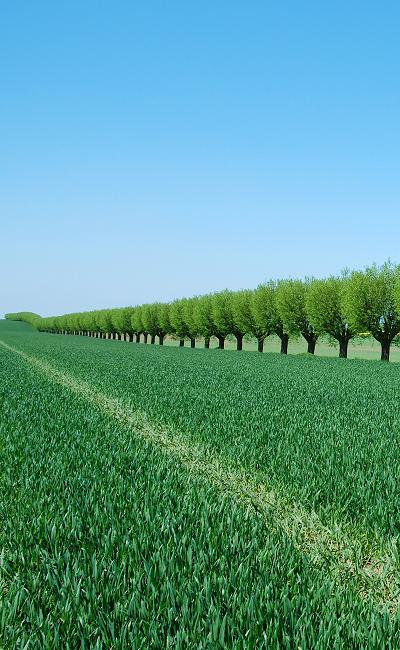

|
|
In order to provide an effective mine materials characterization and segregation program, an extensive geochemical testing program was developed for the Zortman and Landusky mines located in north central Montana (Figure 1).
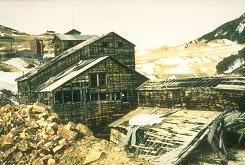
Figure 1. Historic Ruby Mill with active cyanide heap leach pads in upper right background
As a result of .this study, significant transportation cost reductions were realized due to the decrease in waste handling requirements. The total volume of waste material necessary for salvage and reclamation was reduced by one third.
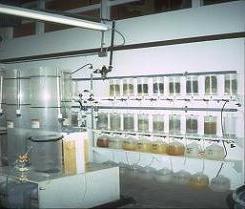
Figure 2. Humidity cells designed for kinetic testing ~ Zortman Mine
Results helped identify acid generating and acid buffering materials so that these materials could be either disposed of properly or salvaged and stored for reclamation purposes (Miller and Hertel, 1997).
Later, personnel assisted in conceptual, preliminary, and final design for the pilot-scale column leach tests used to confirm preliminary laboratory testing. Five 10- x 10- x 20-foot cells were constructed at the minesite and natural precipitation was allowed to infiltrate each cell.
Water quality results for the first year of testing corroborate initial bench-scale laboratory results. Bench tests confirmed the identification of materials suitable for use in reclaiming these minesites.
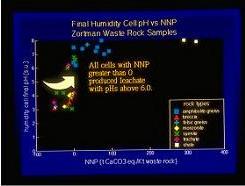
Figure 3. Humidity cell pH vs. acid-base static results for waste rock material ~ Zortman Mine
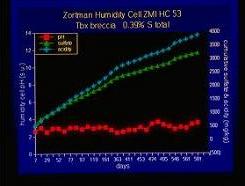
Figure 4. Humidity cell water quality results showing acid generating characteristics
